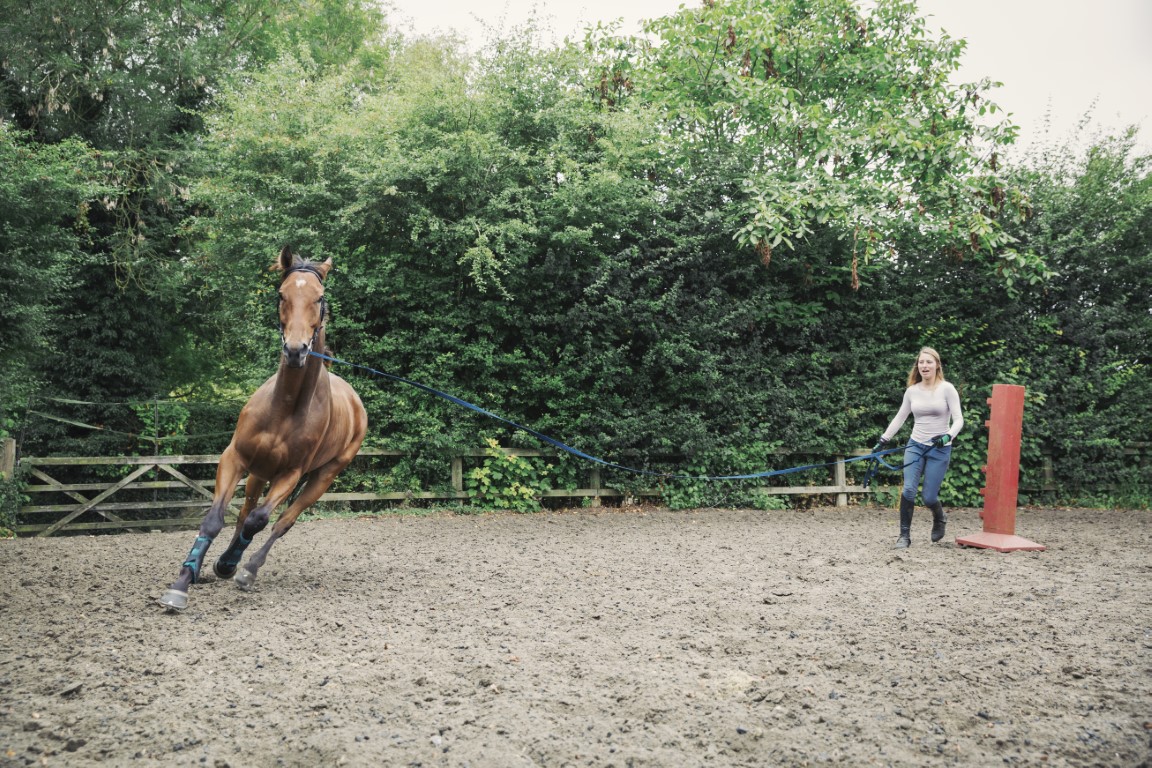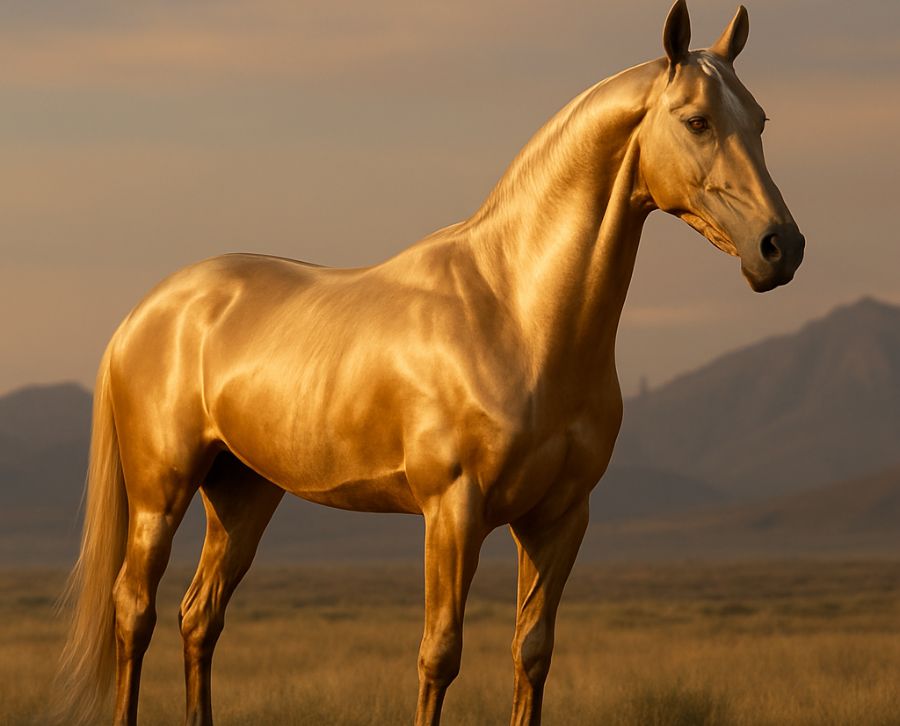Draught horses are a breed that stands out for its majesty and power, but in order to keep these beautiful specimens, it is necessary to carry out a series of practices and specific training so that they develop all their skills and are in the best possible conditions.
At Equspaddock, we are lovers and experts in the equestrian world, which is why we have put together this fantastic guide to draught horses training, where you can find all the information you need to make your practice a success.
Introduction to draught horse training
Before starting the training, it is important that the rider and horse establish a connection beforehand, adapting it at all times to the horse’s personality and character so that the training is appropriate. It is important to be patient and empathetic with the equine in order to lay the foundations for a pleasant and satisfying future practice.
Importance of a good relationship with the horse
As mentioned above, it is important to emphasise the importance of establishing a good relationship between the rider and the horse. For this, the respect between both must be mutual and the rider must understand the horse’s needs at all times in order to establish a positive connection later on, and to be able to develop training and dressage in the best possible conditions.
Phases of draught horse training
The training of draught horses is a gradual process that must be implemented in several phases over time in order to establish and strengthen the relationship between rider and horse, and to be able to develop the activity to perfection. We can divide the training into three phases:
- Confidence: as we mentioned in the previous point, the first stage should focus on the approach and familiarisation with the horse so that the horse starts to get used to the presence of the rider and all the elements that are part of the draught training.
- Basic training: in the second phase, once there is a previous connection between the horse and the trainer, the training of a series of basic commands is started and the first work with the harness is developed.
- Specific training: in this last phase, more specific practices are gradually introduced in relation to the weight and resistance necessary for the elaboration of the pulling practices.
Exercises to develop strength and endurance
This is one of the last phases of training the draught horse and consists of a series of exercises aimed at strengthening the animal’s muscles in order to improve its endurance. Some of the most popular practices that are carried out are straight line exercises, gradual speed changes and different flexibility training to protect and care for the welfare of the equine.
Aftercare after training
The practice and training of the draught horse is hard and requires a considerable amount of wear on the animal, which must receive the necessary care for its proper recovery. To do this, different progressive practices must be followed to cool down the horse’s muscles and joints, the trainer must carefully check the animal to detect possible injuries or discomfort that may arise and, of course, the equine must have enough water and be fed a complete diet that provides it with all the necessary nutrients to guarantee its wellbeing.
Rest for draught horses
Just as care is essential for the good practice of a draught horse, rest is another cornerstone necessary for the physical and mental recovery of the animal. It is important that you, as a trainer, provide a quiet place for your companion so that he feels safe, can relax in peace and also enjoy his free time while he is not working.
Frequently asked questions about horse transport
How old does the draught horse have to be to start training?
You can begin the first steps of draught training with horses that are around two years old, although more intensive practice should be postponed until the equine is at least 4 or 5 years old.
How to choose the right equipment for draught horse training?
Choosing the right elements and equipment should be selected according to the horse and should be perfectly adjusted to its physiological shape in order to promote its well-being. This equipment must be specifically designed for shooting.
Find the best equipment for draught horse training at Equspaddock
At Equspaddock, we are experts in the equestrian world and passionate about horse riding. On our website, you can find all kinds of specialised equipment so that you can strengthen your relationship with your horse and make your training a success. If you have any questions, please contact us and we will help you with everything you may need.





